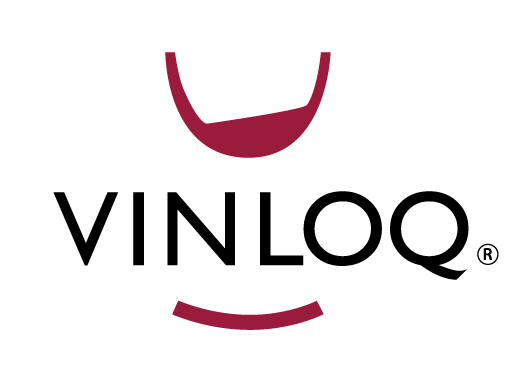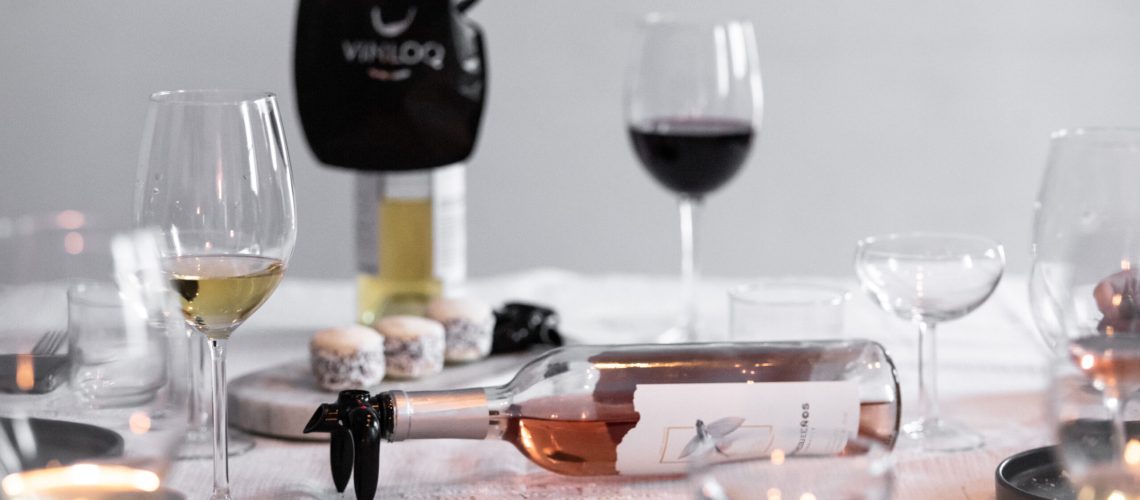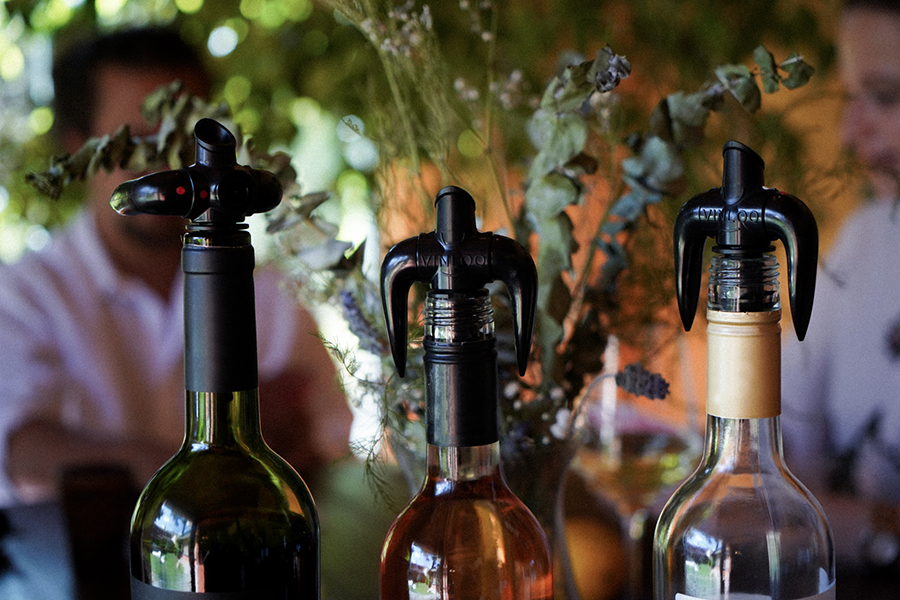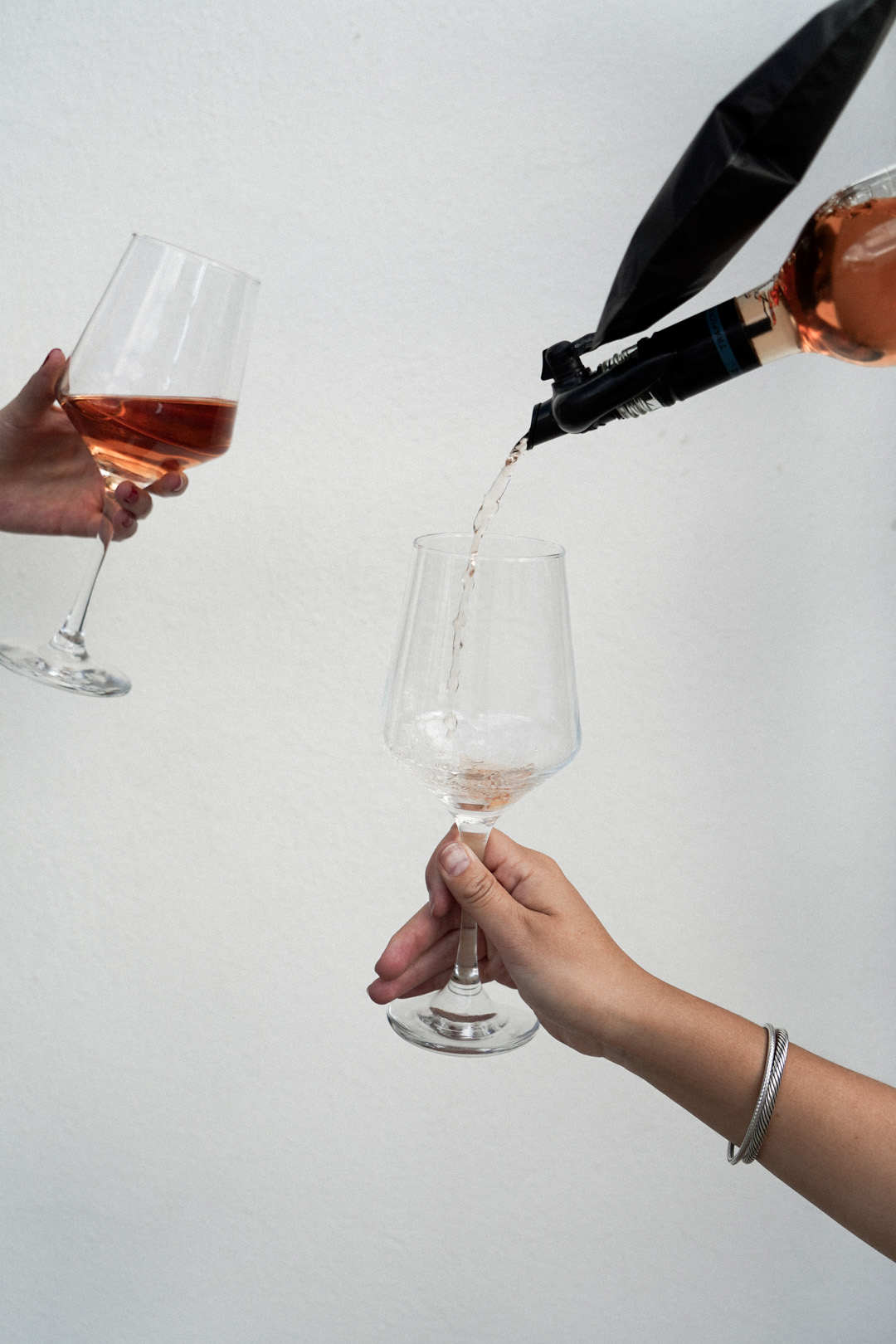Drinking Wine is a Diverse & Complex Experience
From the aromas to the mouthfeel and so much more, every glass can be its own little journey. One of our favorite parts about drinking wine is comparing the first glass from a bottle to the very last glass.
I think we’ve all done this – you go to a winery, get a flight or a few tasting samples, and fall in love with one. Or maybe you don’t enjoy one wine sample as much as another. You make your selections, maybe buy a bottle or two, only to find out that your preference and enjoyment of the bottle may be different than your preferences when you drank your 2 oz sample.
When we find a bottle we love, we don’t always have someone to enjoy it with. This means we must find the best way to preserve that wine until we can revisit it – and that’s one of the most challenging parts of loving wine. We don’t want to waste it, but we also can’t always finish a bottle the same day we opened it.
Because wine is so diverse, finding the best wine preservation system can be challenging, especially if you don’t know the different methods and their purposes. How does wine preservation work? And what makes the best wine preservation system stand out?
Let’s talk about it.
Why Should You Preserve Wine?
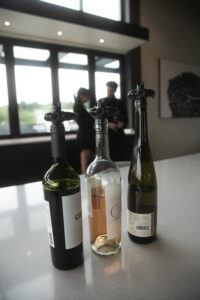

There are lots of reasons to preserve wine! The first is that when you open that bottle, you may not want or be able to drink the entire bottle immediately. Proper wine preservation allows you to reduce waste (depending on your taste, wasting wine can get expensive), enjoy your wine longer, and revisit a previously opened bottle.
Luckily, there are many different wine preservation systems out there. Let’s break down how they work and how well they preserve that precious vino!
Wine and oxygen have a complicated relationship. While some wines need to “breathe” and be exposed to a bit of oxygen after uncorking, we know that too much of a good thing is bad. Once you open a bottle of wine, oxygen enters the bottle and starts the oxidation process. Oxidation is when the oxygen comes in contact with the wine and starts a chain of different chemical reactions – some are good for the flavor of your wine, and some are less ideal.
For most wine, a few hours of exposure to oxygen actually help open up those flavors and aromas. But around the 24-hour mark, the oxygen starts to spoil the wine and its complex chemistry of flavors.
To stop this oxidation process, you can’t just limit the exposure by recorking your wine – you have to remove the oxygen from the bottle.
There are several ways to do this.
How a Wine Preservation System Works
The most popular ways to preserve wine fall into three categories: seal, vacuum, or gas. The effectiveness of each wine preservation system varies, as does the price. Like with almost everything, the expensive products tend to work better but are slightly more complicated to use. The easy-to-use options are often inexpensive, convenient, and less effective over time.
Let’s start with the sealing method. This is often the low-cost option – you simply recork the bottle, creating a barrier between your wine and any new oxygen. But the oxygen you trapped in the bottle is still there, and it is still affecting your wine. Your wine won’t be good for more than a few days.
Another standard preservation method is to use a small vacuum pump to remove the oxygen in the bottle after opening. This method can keep your wine fresh for 2 to 5 days, and that shelf life depends on how well you vacuum out the air and the quality of the seal once you’re finished pumping.
But we saved the best for last. Suppose you can preserve your wine with gas (like nitrogen or argon), your wine preservation potential balloons from days to weeks. These preservation systems replace the oxygen in the bottle with a different gas, one that is more suited to keep your wine tasting fresh.
Gas preservation can be on the more costly end of the spectrum, but its effectiveness far outweighs the other preservation types, and some of the components of these systems can be used again and again.
How Vinloq Works
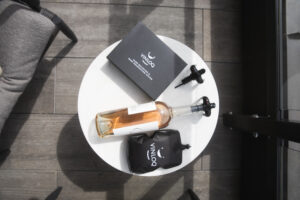

Check out our previous blog post for an in-depth look at how Vinloq differs from other wine preservation systems. We are the pioneers of the Slow Decanting™ patented technology, which allows you to control how much oxygen your wine is exposed to. The Vinloq system is simple and easy to use – we wanted to make preserving and Slow Decanting™ wines hassle-free.
Our nitrogen-based system allows you to control the amount of oxygen your wine is exposed to – you can Slow Decant™ different wines over the course of weeks, bringing out new flavors and aromas each day.
And because of that, we also like to share our experiences with Slow Decanting™ – you can see some of our tasting notes from these wine adventures in this blog post and follow our Vinloq Notes account on Instagram, where we Slow Decant™ all types of wines using Vinloq.
Vinloq Helps Us do What We Love – Drink Good Wine in Our Time
Vinloq is a unique wine preservation system that uses nitrogen to prolong the life of your opened wine. Because oxygen can help and hurt your wine, we found that nitrogen is a better way to keep your wines tasting fresh while at the same time reducing your carbon footprint.
Nitrogen is more environmentally friendly because it is easier to isolate since air is ~78% nitrogen, requiring little energy to separate nitrogen from the air. So you can Slow Decant™ your wines and experience the evolving and complex flavor profiles of each unique bottle of wine.
Interested in what Vinloq could do for your own wine experience? You can learn more here or shop our products today to start your own Slow Decanting™ journey!
Author: Vinloq
